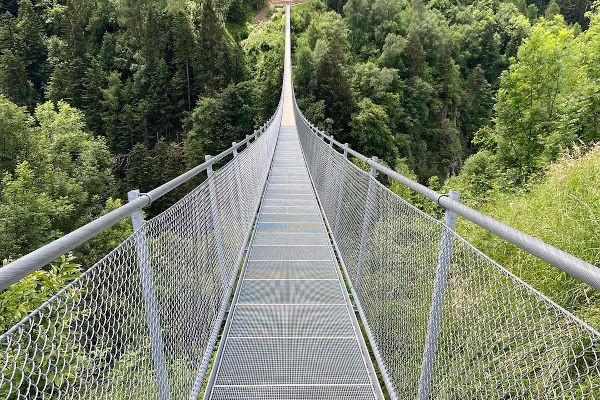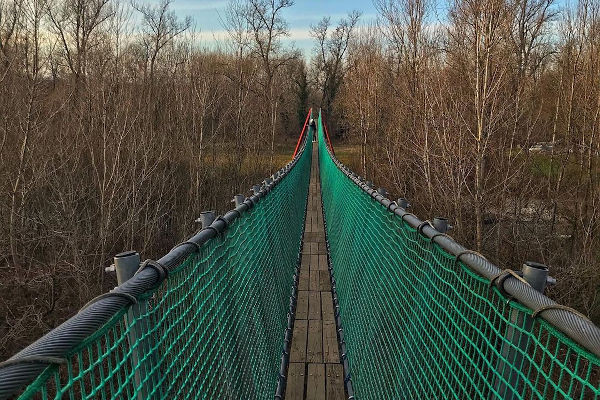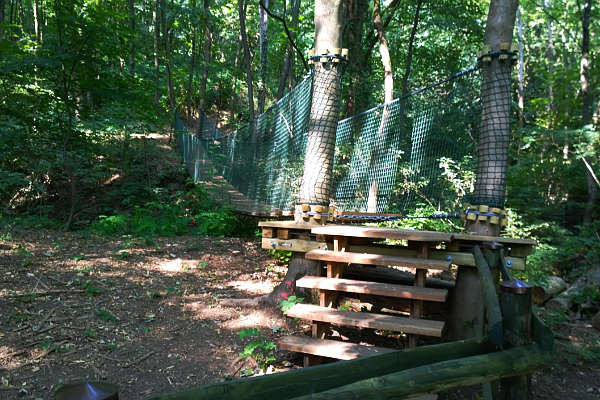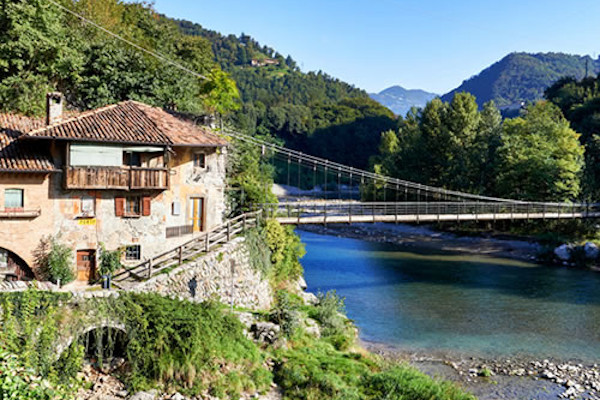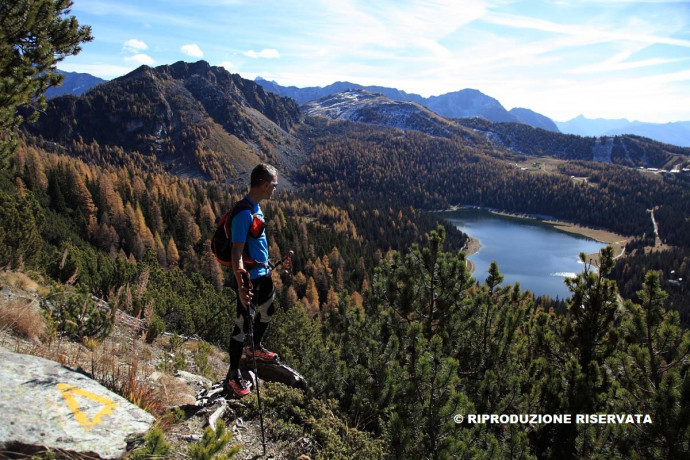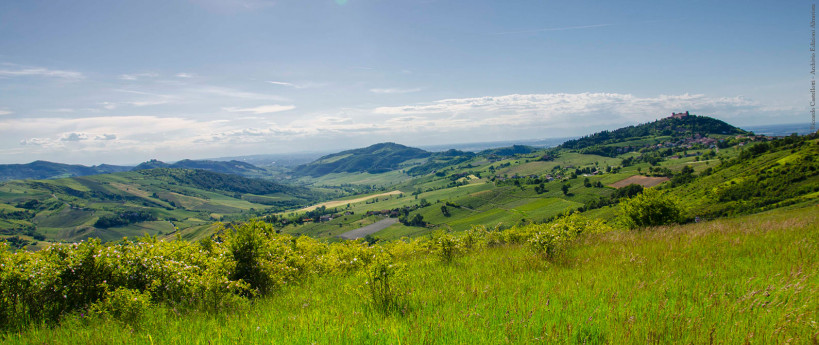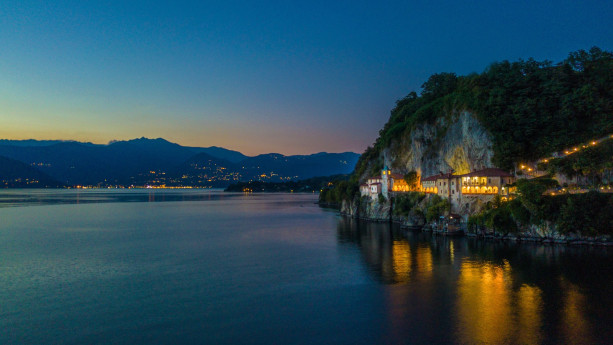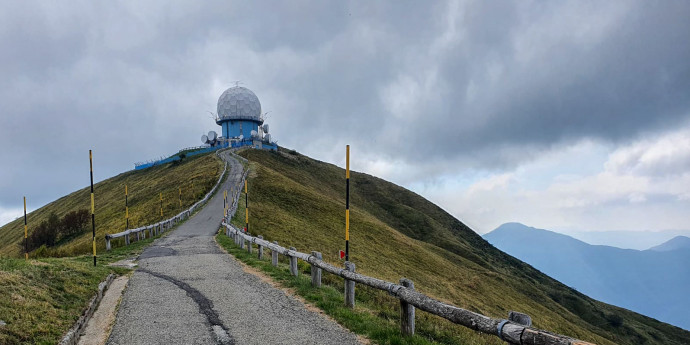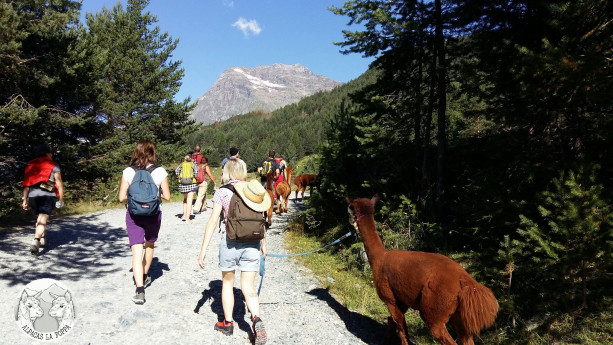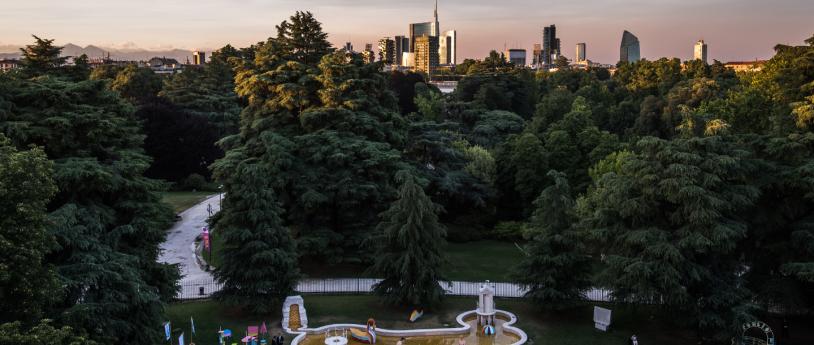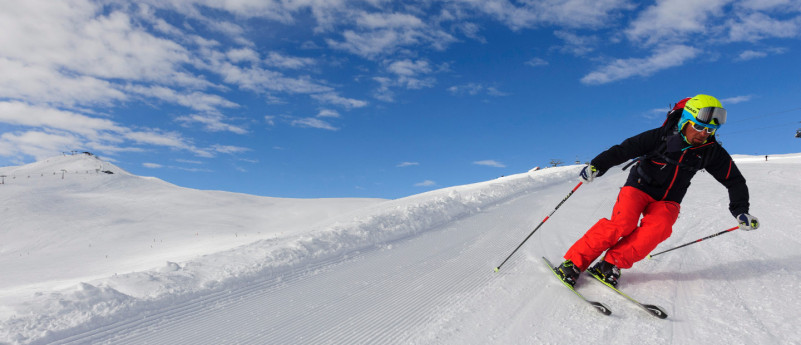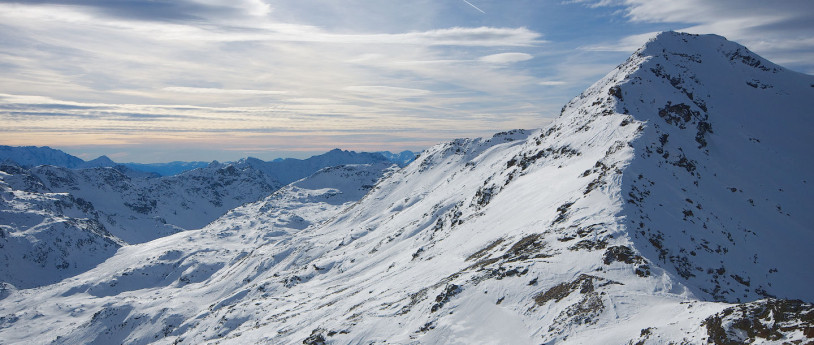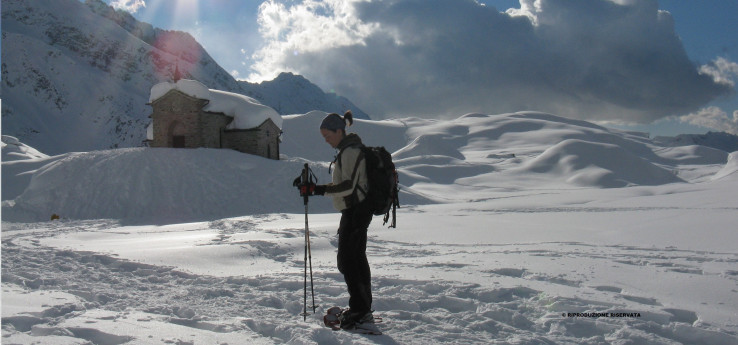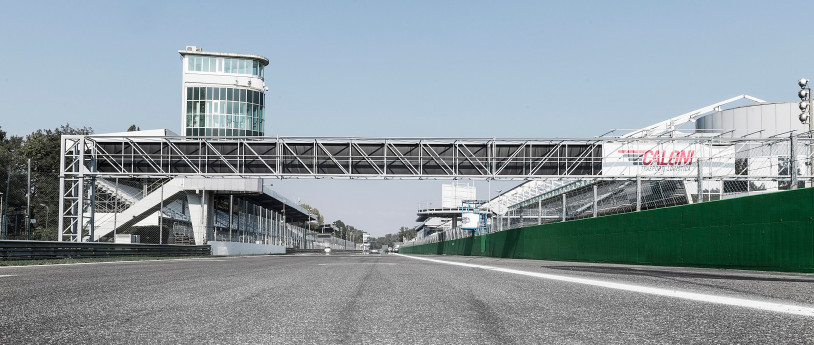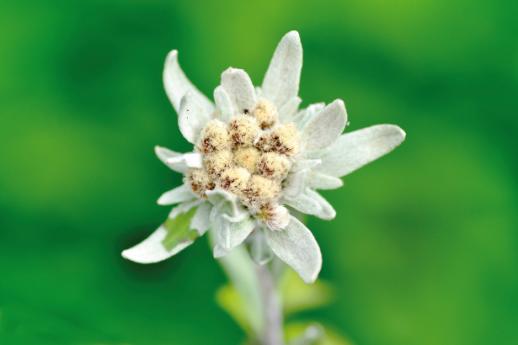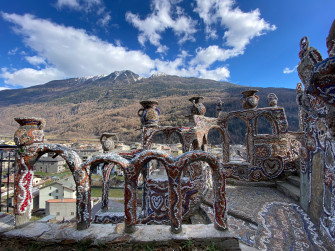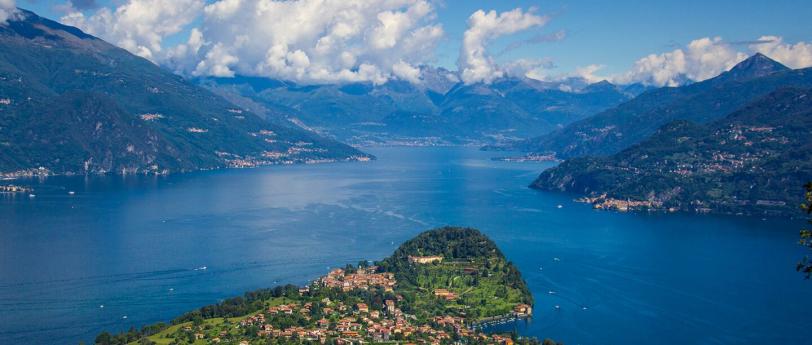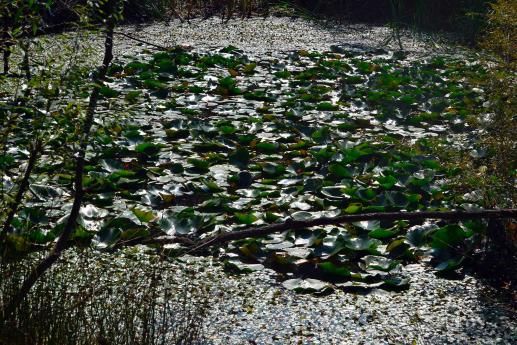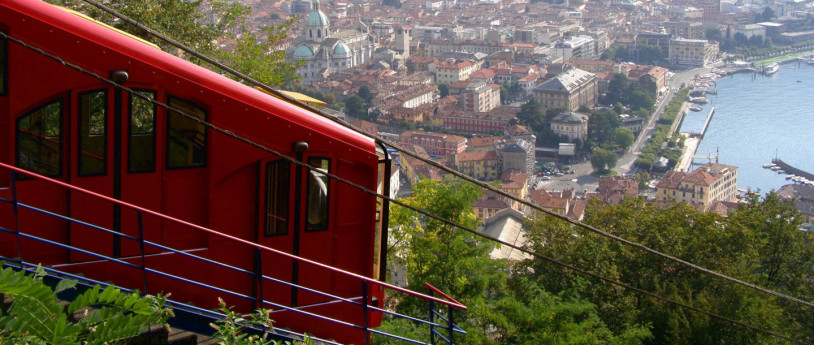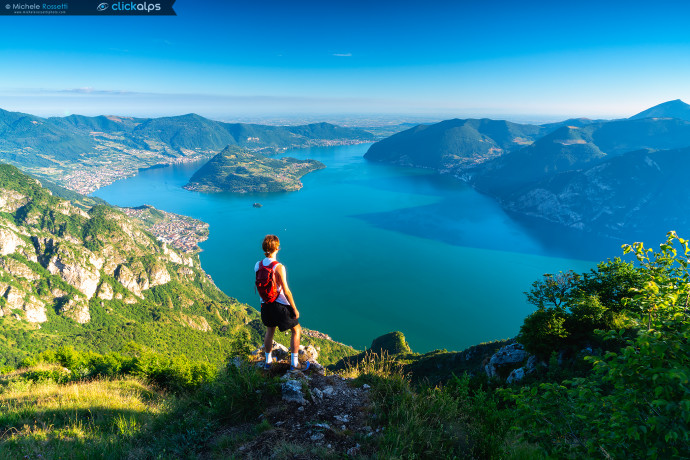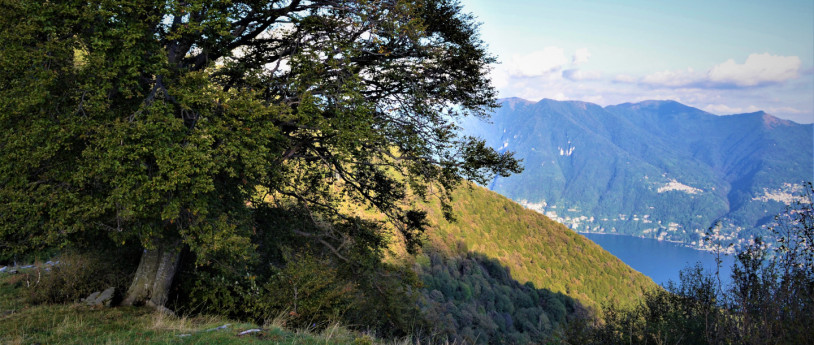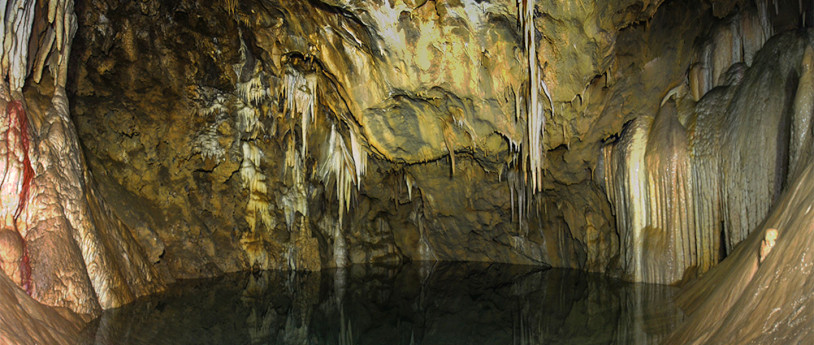- Active & Green
- Lifestyle
Tibetan bridges, the attraction of height without the risk
Having come through the hardest times of the health emergency and the necessary restrictions, we can't wait to get back to fully experiencing a direct relationship with nature and the environment.
And now that summer has finally arrived, it's urging us to seek activities to enjoy, strictly outdoors. Parks and gardens, hiking trails and high mountain roads, cycle paths and sports centres are reopening: the longing to get out and about is really strong. The outdoor activities open to you in Lombardy are numerous - if you're in search of thrills - some with an extra touch of the exotic... We're talking about the Tibetan or suspension bridges - an unusual and enthralling attraction - which delight everyone including the youngest, with their magic and represent the ideal destination for a day out with all the family.
There are four in Lombardy that are easy to access and suitable for everyone. They are all different, but there's one that stands head and shoulders above the rest. The highest Tibetan bridge is actually in Valtellina: it's called the Ponte nel Cielo or Sky Bridge and it reaches a height of 140 metres.
What are Tibetan bridges and how did they get their name?
Tibetan bridges have different characteristics, depending on the nature of the terrain, but they all have one thing in common; at the cost of a few shudders, they offer spectacular views. The original structure of the Tibetan bridge was made up of three ropes forming a triangle: two parallel ropes on either side to support yourself with your hands and a lower one to walk along. The bridge is entirely supported by anchorages at the ends and there are no towers or pillars. The ropes are stabilised by spaced lateral stays.
The whole thing is actually very solid, because the tighter the ropes are, the more stable the bridge is, because lateral oscillations are reduced. Chinese diplomatic missions were sent to the Himalayan countries (hence their name) to document the existence of this type of bridge during the second Imperial Han Dynasty (206 BCE - 220 AD). These bridges have been used by people since ancient times to cross obstacles, valleys and rivers. Over the centuries, of course, thanks to human ingenuity, engineering, construction materials and technology, suspension bridges have changed: today they can support road traffic and even railway lines. However, high in the mountains, skilled climbers still have to face them in the shape of via ferratas and adrenalin-inducing routes. If on the other hand, you want to try a unique experience with the definite knowledge that there's no risk involved, apart from a breathtaking thrill, follow our advice...
Suspended in the skies of Valtellina
The Sky Bridge - which at 140 metres is the highest suspension bridge in Europe - directly connects the two sides of the Tartano Valley with a 234-metre-long, 1-metre-wide wooden footbridge made of 700 planks of local larch, connecting Campo Tartano, in the province of Sondrio, with the pastures of Frasnino. The construction of this amazing structure, completed in 2018, was made possible by the Püstarèsc Valley Consortium. We are at an altitude of 1,034 metres and you can marvel at the spectacular scenery from the bridge: the Tartano Pass, the peaks and glaciers of the Rhaetian Alps, the Tartano Valley, the Colombera Dam, the valley floor that ends in Lake Como. Watching a sunset from the bridge suspended in mid-air is truly priceless and now it is once again possible. To visit the bridge, you need to book online (www.pontenelcielo.it) and wear a mask and trekking shoes. To reach it by car, just take the Strada Provinciale 11 from Tartano and follow the signs. For those who prefer public transport, the Morbegno bus goes to Campo Tartano (www.stps.it).
Just a stone's throw from Milan
Although most Tibetan bridges are in the high mountains , the "Tre Salti" bridge (from the name of the place where it is located) is a big surprise and a chance to experience walking suspended 8 metres above the water, just outside Milan. It is actually located in Turbigo, a commune in the province of Milan beside the Naviglio Grande canal, which is one of the municipalities in the Parco Lombardo della Valle del Ticino Consortium. Built in 2008 by the Park Authority, the Tibetan bridge connects the wooded banks through which flows the blue canal of the hydroelectric power station: its structure is in steel and the footbridge in wood, it can be crossed in single file and is around 70 metres long. It is freely accessible and can be included as a stage in an excursion, by bicycle as well as on foot, to the Ticino Valley (www.parcoticino.it) and, why not, accompanied by a dip in the river or a short break in the sun on the little beach of the “Tre Salti”, connected to dry land by another little bridge. To reach the Turbigo Tibetan bridge by car, just head for Tre Salti and park in the nearby unpaved car park.
Immersed in woodland
The Parco Spina Verde di Como, a protected natural area of Lombardy, near San Fermo della Battaglia, stretches from the hills to the north-west of Como to the border with Switzerland (www.spinaverde.it). The park's woodlands contain a large network of paths that offer the chance to enjoy the beauty of its plant and animal life, but also archaeological remains and signs of human history. One of the most interesting routes is Sentiero 12 - Porta Sasso o del Ponte tibetano, which is around 3 km long and easily accessible, even by children, and also takes you across a small suspension bridge. To reach Sentiero 12, leave Cavallasca, a hamlet in San Fermo della Battaglia (Como) and head for Monte Olimpino. As you're driving through the woods, you'll reach a fork in the road. The road on the left leads to Scala del Paradiso, in the direction of Ponte Chiasso, and the road on the right leads to the Tibetan bridge, suspended over a little valley. At the end of the bridge, you're sure to want to take a little break on the wooden benches to enjoy the panoramic view.
The oldest in the province of Bergamo
In the little village of Clanezzo, in the province of Bergamo, time seems to have stood still: with the rough stone tower of the old customs house and the bridge with a single arch, also in rough stone, over the waters of the Imagna, commisioned by Attone Leuco in the 10th century as the only access to the Brembana valley, an echo of the mediaeval period resounds. However, another more recent bridge, dating back to 1878, links the two sides: this is the suspension bridge constructed in steel and wood on the orders of Vincenzo Beltrami, modelled on the Tibetan bridges. It is 75 metres long and known as “the dancing bridge” and replaced the ferry which was the only link between the two banks from the 17th century. A trip around the area has much to offer: as well as enjoying the evocative atmosphere of the village, you can visit the 17th century church of San Gottardo which is home to paintings by Gioacchino Manzoni and from the school of Carlo Ceresa.
-
